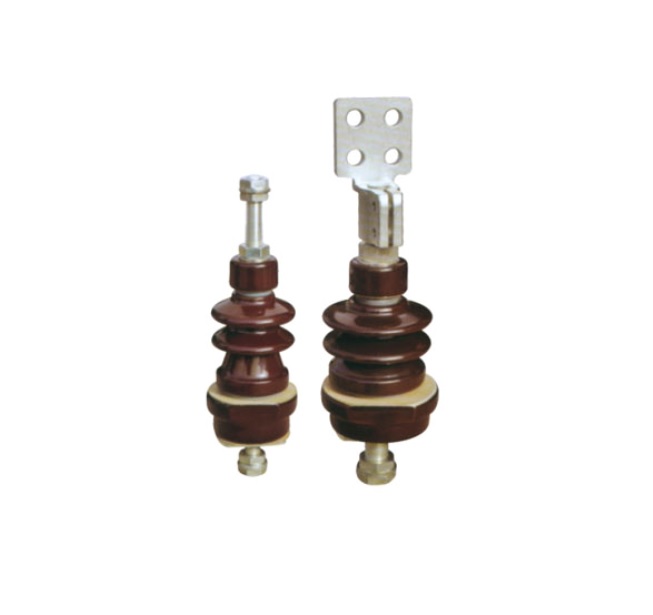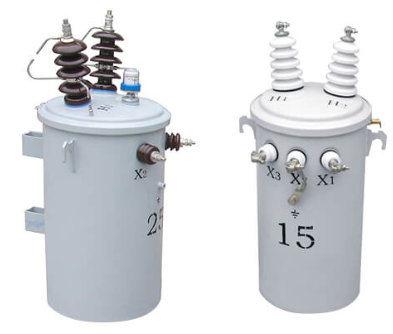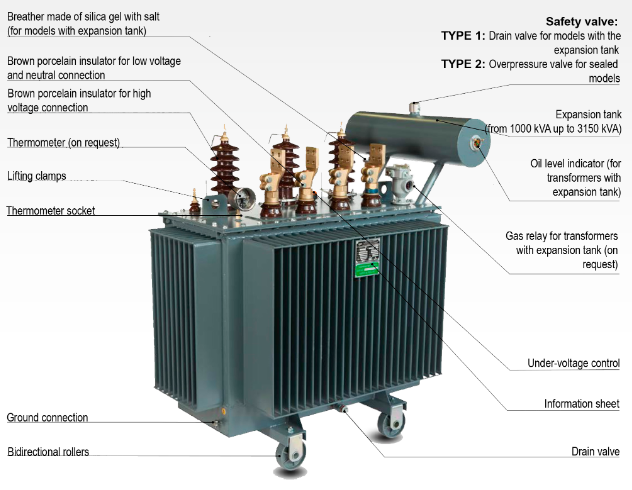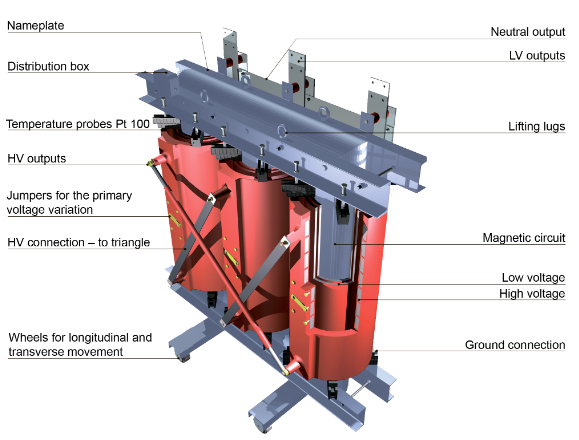Description
Single-phase Oil-type Transformer
The single-phase pole-mounted distribution transformers are specifically designed for the decentralization distribution network of servicing residential overhead distribution loads of town and countryside.
They are also suitable for light and diversified power applications. These transformers are designed for the application conditions normally encountered on electric utility power distribution systems.
Offers 2 basic transformer types and two kinds of metal core types Conventional type and Complete Self Protect type, and for the transformer core
Two types of materials are available: C.R.G.O. wound core and amorphous metal core.






